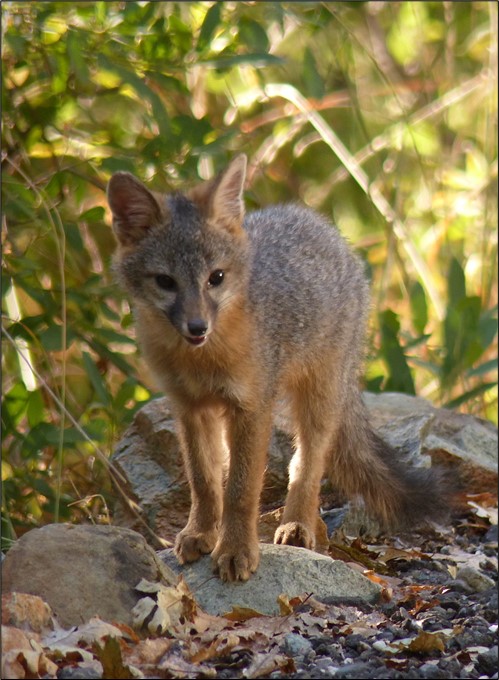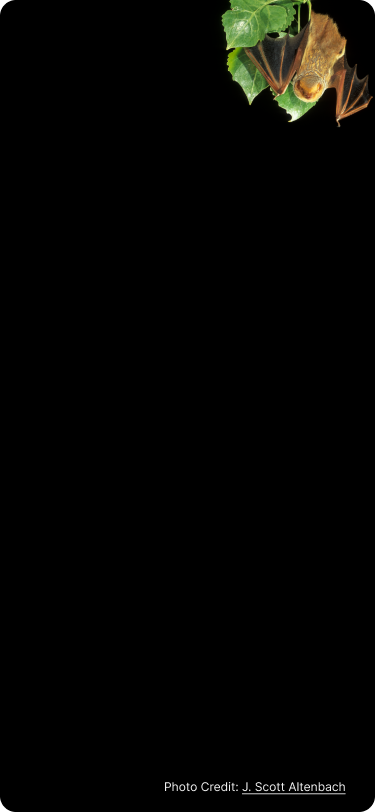California is a biodiversity hotspot, home to 1,600 native bees, the imperiled monarch butterfly, and other pollinators only found in our state. The best way to attract and support these special creatures is to grow the native plants they’ve relied on for hundreds of millions of years.
Many native insects have specialized relationships with local native plants. They co-evolved with these specific species. These insects become food for birds and other wildlife in your local ecosystem and web of life. By planting locally native plants, you are providing islands of food and habitat for your local insects, pollinators, birds, and wildlife.







